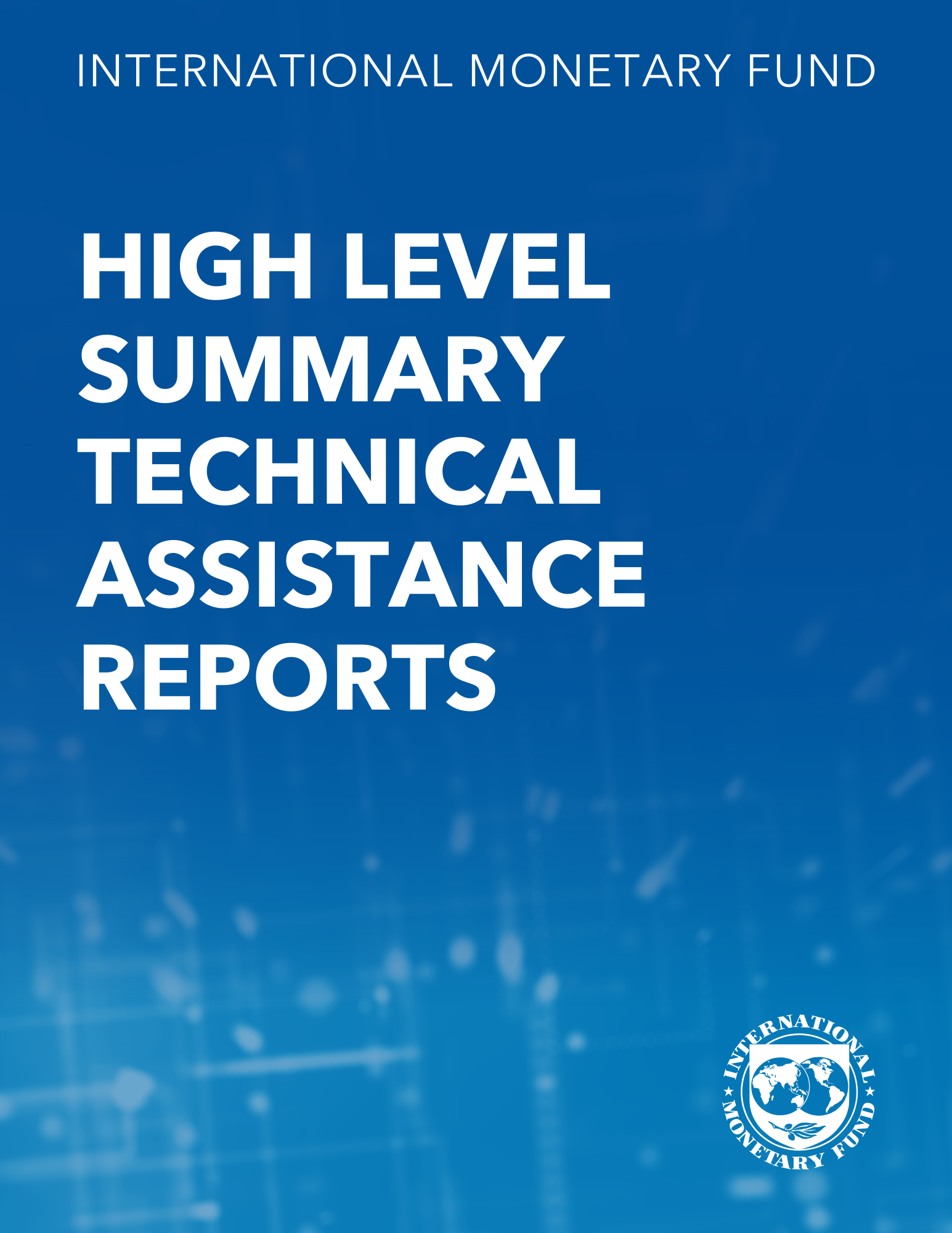Explaining Inflation in Colombia: A Disaggregated Phillips Curve Approach
May 10, 2018
Disclaimer: IMF Working Papers describe research in progress by the author(s) and are published to elicit comments and to encourage debate. The views expressed in IMF Working Papers are those of the author(s) and do not necessarily represent the views of the IMF, its Executive Board, or IMF management.
Summary
Subject: Consumer price indexes, Economic forecasting, Exchange rates, Foreign exchange, Inflation, Output gap, Prices, Production
Keywords: baseline inflation, Colombia, Consumer price indexes, core inflation, CPI inflation regression, education inflation, Exchange rates, food inflation, Forecast, fuel price inflation, Global, headline inflation, Inflation, Inflation Components, inflation expectation, Output gap, output gap shock, Phillips curve, Phillips curve coefficient, tradable inflation, world inflation, WP
Pages:
29
Volume:
2018
DOI:
Issue:
106
Series:
Working Paper No. 2018/106
Stock No:
WPIEA2018106
ISBN:
9781484354827
ISSN:
1018-5941






